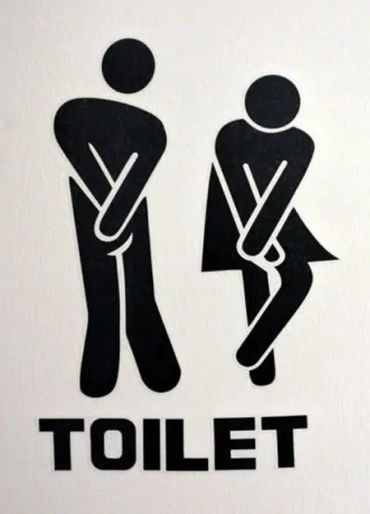
When people have to go to the restroom, they lie more convincingly.
People who have a full bladder are more convincing liars. A strong urge to use the restroom causes a person to focus on self-control, making lying more plausible. Furthermore, they attempt to prevent unnecessary movement. That's why scientists conducting a scientific experiment believed liars who needed to go to the bathroom.


